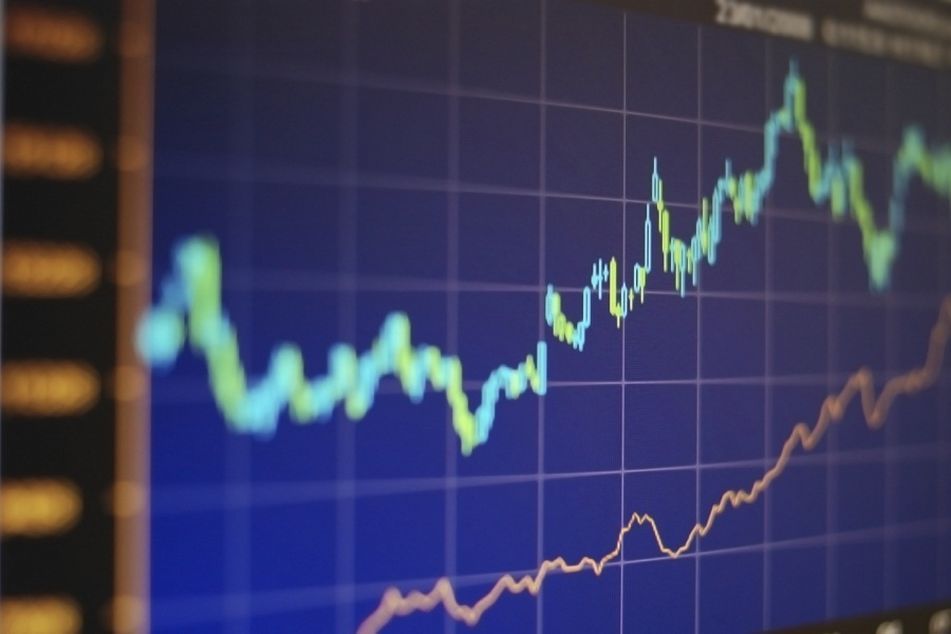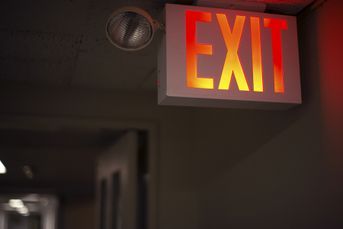Market reaction to Greece doesn’t signal end of bull market

Expect more volatility, but country isn't big enough to have lasting impact on eurozone
With Monday’s blog and Street$marts being on the long side, I decided to wait a day to offer commentary on how the markets’ reaction to the impending default, bank closure, referendum, etc., in Greece would impact the new month and quarter.
To reiterate an important market tenet of mine that has been around for decades, it’s not what the news is, but how the markets react. We are constantly reminded of that with economic news. Is good news bad news for stocks? Is bad news good news?
I have written for years of my personal belief that Greece should leave the eurozone. If Greece were the size of Spain or France, the conversation would be very different as those countries are too big to fail and almost too big to save. Greece’s economic output and contribution to the euro is barely noticeable. Their political system, while democratic, leans heavily socialistic and even more so than most of their European counterparts. Greece has a culture of tax avoidance, fiscal irresponsibility and gross overdependence on the welfare state. It’s not working now, it hasn’t worked in the past and won’t work in the future. Talk about doing the same thing over and over, but expecting different results! That really is insanity!!
Turning to the stock markets, Monday’s negative reaction was for the part, as expected. The longer the “crisis” lasts, the more likely we are to see stocks begin to rally on bad news. That’s something to look for down the road and not here. For now, we have to expect volatility to remain elevated with much of the news occurring in the overnight hours. As such, we should wake up to large moves in the pre-market several times a week.
JUST A 2% DROP
Getting back to Monday, the Dow plummeted 350 points which sounds like a large number, but keep in mind, it’s only a 2% decline. 2%! And at the end of that day, the Dow had pulled back a little more than 4% from its all-time, intra-day high in May. For months I have been in the trading camp, looking to buy weakness and sell strength until the March lows were at least breached. Monday’s low revisited those levels almost to the point, a tad disappointing for intermediate-term bulls like myself. I would much rather have seen those levels firmly breached to cause a short-term trap door and shake out some weak handed holders.
At the end of the day on Monday, however, we saw some truly extreme, short-term readings in a host of indicators.
• 90%+ of the volume traded on the New York Stock Exchange was down.
• 99% of the volume in the S&P 500 was down.
• 99% of the stocks in the S&P 500 traded down on the day.
• Less than 10% of S&P 500 stocks were above their 10-day moving average.
• Volume in inverse ETFs spiked as traders hedged and braced for more downside.
• Put/call option ratios soared as investors scrambled for downside protection.
The list goes on and on. Had stocks already been in real decline, you could have argued that Monday was a short-term panic and that the final low was at hand. However, it’s hard to make that case with all-time highs so close. Rather, this pullback looks like yet another single digit bull market decline in a long series during this most hated and disavowed bull market of the modern investing era.
For months, I have been waiting for stock market sentiment to at least get back to neutral from levels we typically see before 10%+ corrections and that’s finally beginning to happen. Although 20,000 has been my next target for some time, I cautioned that it is highly unlikely for that rally to launch with sentiment so skewed to the bullish side for so long.
However, just because we saw extreme readings on Monday doesn’t mean that the ultimate low was seen. I would argue against that. Monday’s snowball day was an important piece, but far from the final piece. Wash out readings like I listed above typically do not coincide with the final low. There is usually more constructive work to be done by price. If history is any guide, a few scenarios open up now.
THREE SCENARIOS
The first has the current bounce petering out next week, followed by another decline below Monday’s low where the ultimate bottom is seen. Fresh all-time highs would be hit later this quarter.
The second scenario has a deeper decline below 17,000 on the Dow, which would probably result in calls that the bull market ended and some nasty, long-term bear market had begun. In fact, I heard one former “1998 guru” proclaim Tuesday that the bull market is alive and OK as long as the Dow is above 17,068, but once that “magic” number is closed below, stocks are firmly in a bear market.
That’s one of the dumbest comments I have heard in a long while, and I certainly hear my fair share of ridiculous statements! As if a single point or points really matter. Give me a break! If the Dow does decline below 17,000, I imagine that bearish sentiment would exceed what we saw at the Ebola bottom in October 2014 and really give the market rocket fuel for a run to 20,000.
The most bullish scenario is one where stocks bottomed on Monday and are slowly starting a rally to the upper end of the trading range we have been in since February. While it’s certainly possible, I believe it’s less likely because of the extent of the damage already done. Stocks need some time to repair themselves.
Of course, when the market ignores the scenarios I offered and does its own thing, I will respond appropriately.
Summing it all up, Greece is a short-term issue and the news will most likely have the most impact as we sleep. Care more about how the market reacts to news rather than what the news actual is. Watch for spikes in bearish sentiment to set the stage for another leg up in the bull market. The bull market remains old and wrinkly but very much alive.
Paul Schatz is president of Heritage Capital.
Learn more about reprints and licensing for this article.






